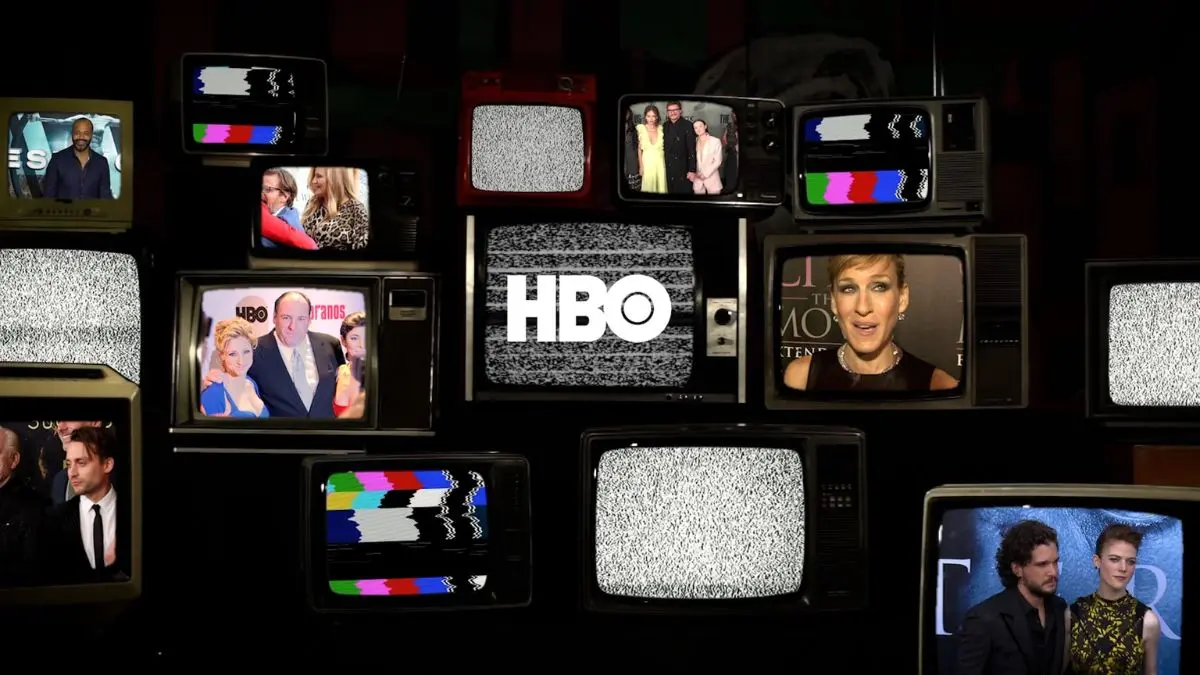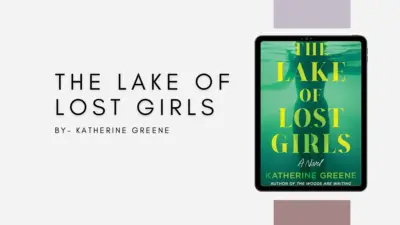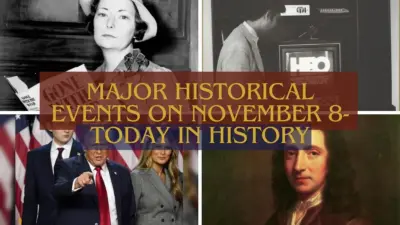In the early 1970s, television was mostly limited to network broadcasts that relied on advertising revenue, heavily influencing the content presented. On November 8, 1972, Home Box Office (HBO) broke ground by becoming the first premium television service to offer an alternative: ad-free programming for an additional monthly fee. HBO’s model Revolutionized Television with groundbreaking concept, paving the way for modern pay television and ultimately transforming the entire media industry.
The Birth of a New Era: The Launch of HBO
HBO was launched by Charles Dolan, who envisioned an innovative idea that took television beyond free, ad-supported network programming. He initially proposed the idea to Time-Life, Inc., the parent company, which was intrigued by his vision of a “pay television” service. HBO’s concept was revolutionary because it was the first to offer unedited, commercial-free content directly to subscribers’ cable systems.
The Working Model of HBO
HBO’s business model was simple yet innovative: instead of relying on advertisers, HBO charged a subscription fee, providing viewers with unique, uncensored, and ad-free programming. Here’s how the model worked:
- Subscription-Based Revenue: Unlike traditional networks, HBO’s revenue came directly from subscribers who paid an extra fee each month to access the channel. This allowed HBO to offer exclusive, high-quality content without the interruptions of commercials or the need to cater to advertisers’ preferences.
- Direct Cable Transmission: HBO transmitted its signal directly to cable operators, bypassing broadcast networks. In its early days, HBO used microwave technology to distribute its programming, making it the first network to directly connect with cable providers instead of using traditional over-the-air methods.
- Exclusive and Uncut Content: The channel became known for its exclusive, unedited movies, documentaries, sports, and later original series, which created a distinct value for subscribers. Because of the subscriber-based model, HBO could also push creative boundaries by producing content that could include language, themes, and scenes typically avoided by regular television channels.
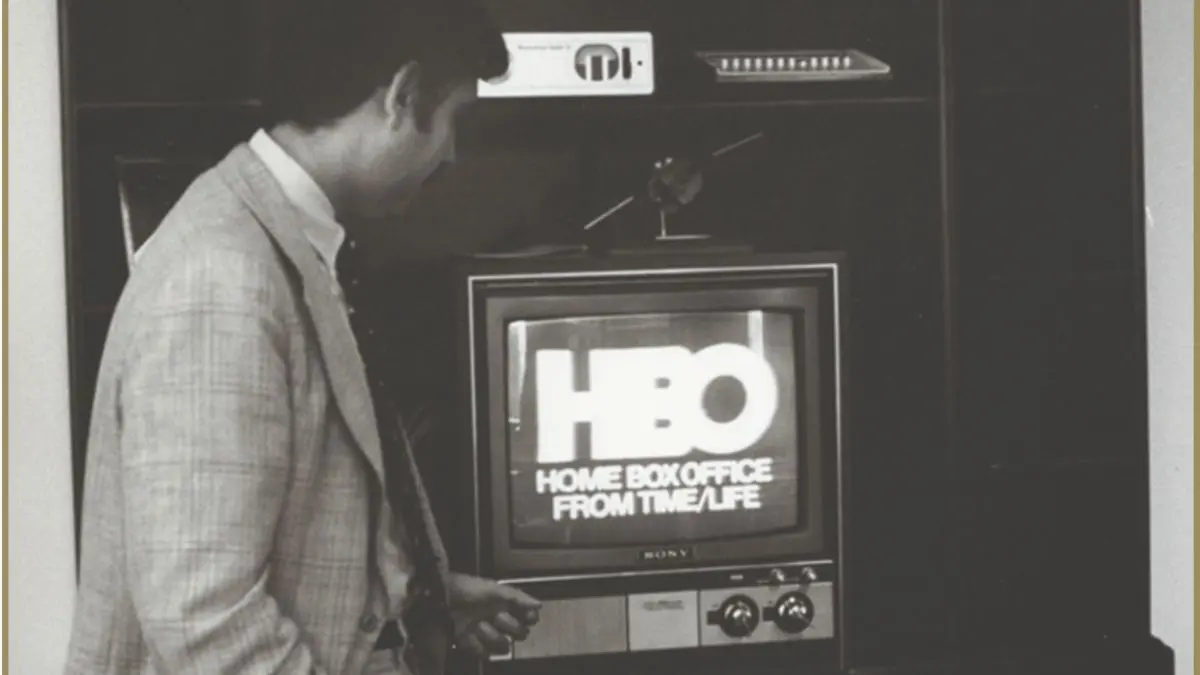
The First Broadcast: “Sometimes a Great Notion”
On November 8, 1972, HBO made history by broadcasting its first program: the 1971 film “Sometimes a Great Notion.” The movie starred Paul Newman and Henry Fonda and was based on the novel by Ken Kesey, a story about a family of logging entrepreneurs facing challenges both personal and professional. While it wasn’t an immediate blockbuster, this choice set the tone for HBO’s long-standing commitment to cinematic quality and adult-oriented, thoughtful storytelling.
This initial broadcast was followed by a hockey game between the New York Rangers and the Vancouver Canucks. HBO’s willingness to invest in sports programming soon made it one of the earliest proponents of live sports on cable TV, further widening its appeal.
HBO’s Impact on Television: The Birth of the Premium Channel
The launch of HBO didn’t just create a new channel; it changed how people watched television. For the first time, viewers were willing to pay extra to access premium programming, opening the door to more channels that specialized in unique, high-quality, and targeted content.
Key Innovations by HBO:
- The Concept of Binge-Watching: HBO didn’t just show films; it began acquiring and producing content that kept viewers engaged over extended periods. The network set the stage for binge-watching with serialized content that people looked forward to watching each week.
- Original Programming: By the late 1980s, HBO was creating original programming, which was rare at the time. From dramas like The Sopranos to comedies like Sex and the City, HBO brought a cinematic quality to the small screen, elevating TV dramas to rival feature films. This shift inspired other networks and even streaming platforms to invest in original content.
- Nontraditional Storytelling: HBO’s lack of commercial breaks and reliance on a paid subscriber base allowed it to experiment with more mature and controversial themes, making it a haven for nontraditional storytelling. This inspired other networks to push boundaries in their own programming.
Legacy of HBO: A Lasting Impact on Pay Television
HBO’s successful model spurred the growth of other premium channels, including Showtime, Cinemax, and later streaming platforms like Netflix and Amazon Prime, which used subscription-based revenue to focus on high-quality, original programming. Today, HBO is known for its rich catalog of iconic series, documentaries, films, and sports broadcasts, many of which have won numerous awards and are recognized as cultural milestones.
Some of the industry’s most critically acclaimed shows, including Game of Thrones, The Wire, and Chernobyl, came from HBO. Each of these shows set standards for production quality, storytelling, and acting, cementing HBO’s reputation as a powerhouse of premium television.
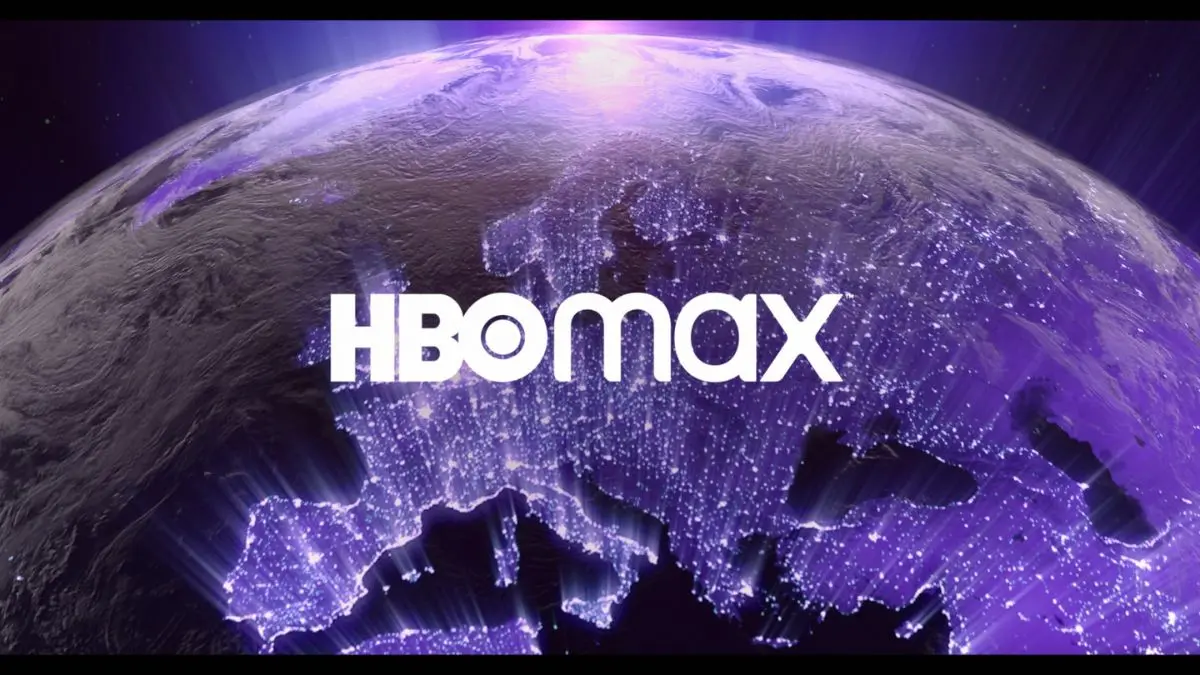
HBO Today: A Continued Evolution in the Streaming Era
As the television industry evolved, HBO adapted to changing times. HBO’s parent company WarnerMedia launched HBO Max in 2020, a streaming service combining HBO’s content with other WarnerMedia properties. This move reflected HBO’s commitment to staying ahead in a competitive streaming market, continuing to bring unique and engaging content to viewers around the globe.
Also Read: How the Morris Worm Sparked a New Era of Cybersecurity Awareness in 1988
